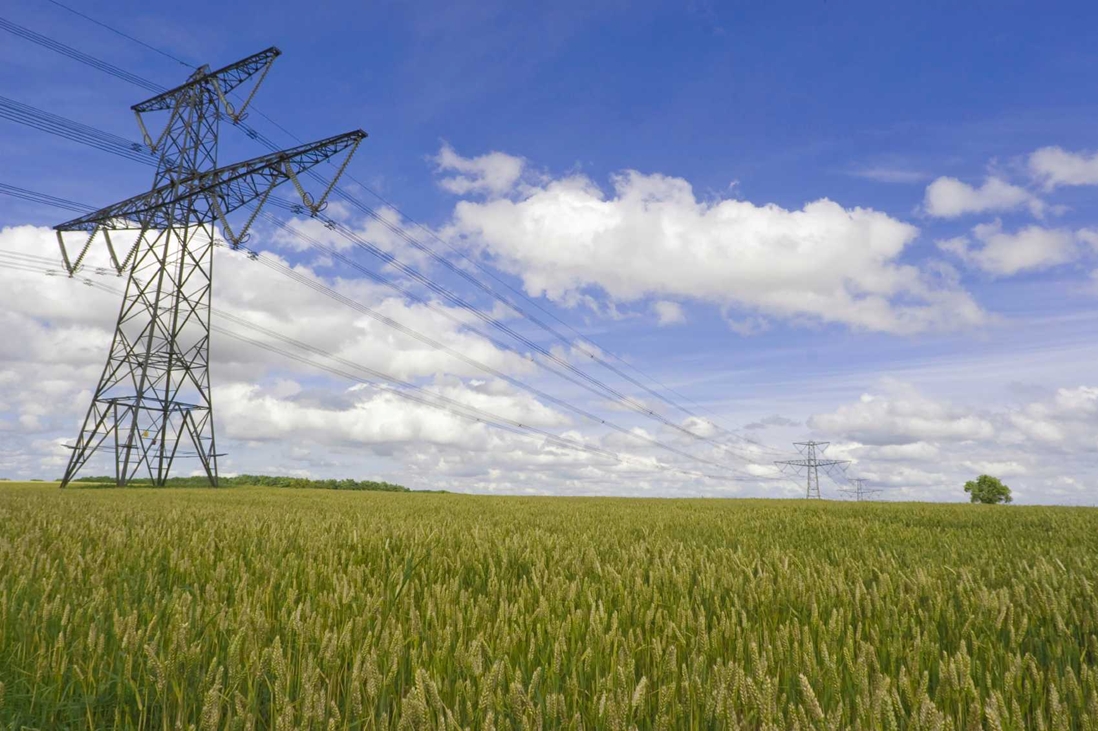 The cost of energy in Australia has doubled over the last 6 years, which is a bit odd given we produce really cheap energy.
The cost of energy in Australia has doubled over the last 6 years, which is a bit odd given we produce really cheap energy.
However we pay more than anyone because of poles and cables (distribution networks make up about half the cost of our electricity). At one level this makes sense. Australia is a big country with not many people. However it doesn’t explain why prices have doubled in six years – the country hasn’t got any bigger.
It comes down to the regulators getting the incentives wrong. Bear with me – it’s a bit complicated.
Power is kind of tricky to regulate. There are companies that produce electricity and others that distribute it (and some that do both). But it’s almost impossible to create competition for the distribution – whoever owns the poles and cables in a particular area has a monopoly. No-one else is going to come in and put a second set of street poles and cables down the same street.
The distribution company gets paid not for the amount of electricity they distribute, but on the cost of their assets. And the regulator (ie the government) determines how much they get paid.
Six years ago when the GFC hit and interest rates went up, the regulator approved a 10% increase to cover the increased cost of capital. However in Australia the cost of capital didn’t go up that much. This in turn created an arbitrage and an incentive to build more infrastructure. In other words, distribution companies could borrow money and build more stuff and then increase their profits because they now owned more assets. The increase in what they got paid was greater than the interest they paid on the loans to build the stuff.
Consequently $41B was spent in last 5 years on improving infrastructure. That’s $2k for everyone woman, man and child in the country. You can build a lot of stuff for a lazy $41B. That’s a decent chunk of the country’s GDP.
It is estimated that 50% of that wasn’t needed. So around $20B was wasted because of a mistake with calculating how the distribution companies got paid.
Profit for the industry went from $5.5B a year to $9B a year in two years, basically because users (us) pay more for infrastructure.*
Personally we also pay a bit price when we get the incentives wrong in our own lives.
And I think it’s even more important personally. In The Power of Habit Charles Duhigg writes about what is needed to effectively create habits. He says that what is critical is a cue to trigger the habit, and a reward or an incentive to keep it going.
And there is very specific type of incentive that works – one that we start to crave. As he says “only when your brain starts expecting the reward—craving the endorphins or sense of accomplishment—will it become automatic to lace up your jogging shoes each morning.”
If there is an area of your life that isn’t working, there’s a good chance that you don’t have the right habits in place in that domain. And if you know what the habits are but still haven’t managed to make them stick, its probably just because you haven’t set up the right reward.
And while it might not cost you $20B, it can still be very expensive.
I’d love to hear your thoughts – do you fully commit to your projects that matter? You can leave them below.
* Thanks to the ABC Background Briefing podcast, the Australian Energy Market Commission annual report on residential electricity price trends and The Australian Bureaux of Statistics for the data.
